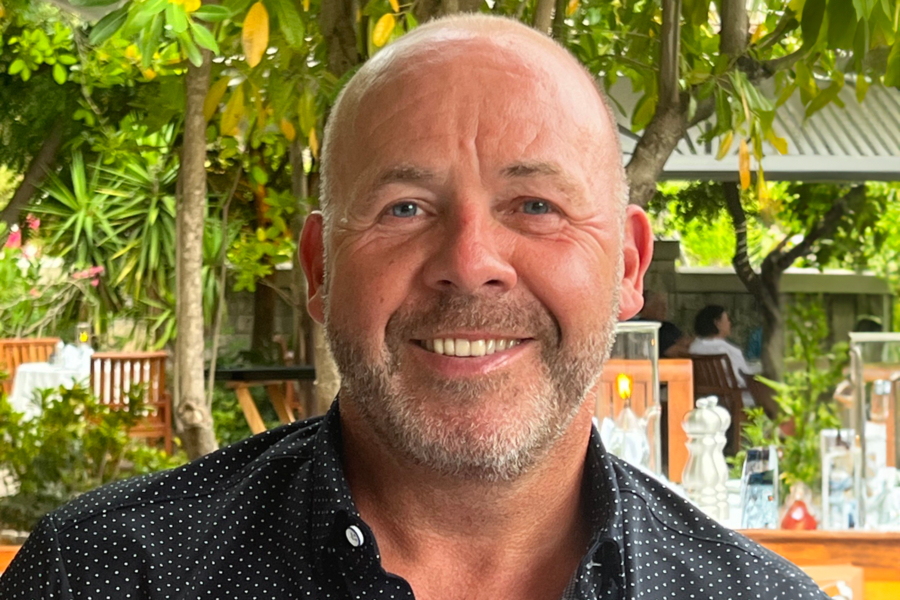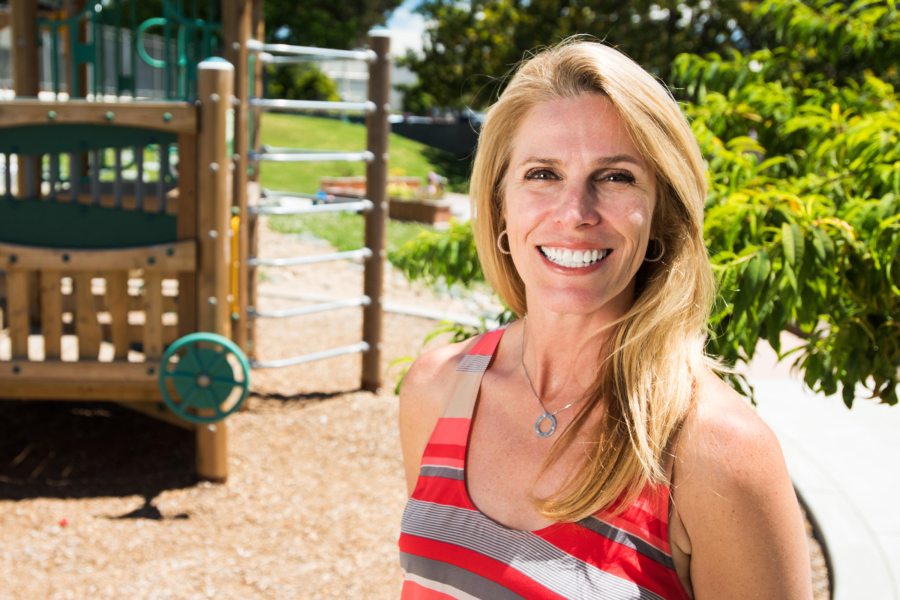Key Takeaways:
- “Boomerang” campaigns focused on rehiring prior employees are an effective approach to find talent in a tight labor market. In the last two years, CommonSpirit has rehired 9% of their former team.
- Solutions that bring all of their talent, labor market, and financial data into one place can help surface critical insights to power talent strategies.
- Employees want career pathways, but identifying the ladders and resources to build and maintain these pathways at scale remains a challenge.
For this issue of People Matters we are delighted to interview our first healthcare leader: Wanda Cole-Frieman, Senior Vice President of Talent Acquisition at CommonSpirit Health. CommonSpirit is one of the largest nonprofit health systems in the U.S., with more than 1,000 care sites and over 140 hospitals across 22 states, serving 1 out of 4 Americans.
Wanda manages the talent acquisition team, which is responsible for bringing on over 50,000 hires every year. Before CommonSpirit’s founding, Wanda was Vice President of Talent Acquisition at Dignity Health and previously the Director of Executive Recruiting at Blue Shield of California.
In this interview, Wanda shares CommonSpirit’s “boomerang” strategy to rehire previous employees, her favorite technology solutions, and their approach to upskilling and internal mobility.
This interview was edited for clarity and brevity.
How did you get into talent acquisition work?
As a young adult, I didn’t know that human resources was a professional function. After college, I went to work for JP Morgan’s management consulting program, which allowed me to have different rotations throughout the bank. After a year of rotations, you are selected for a permanent team. I elected to join the investment banking group and was an associate for six managing directors who covered a range of industries from health and beauty to steel. I really liked the variety in the work.
During my time on the investment banking team I participated in the campus recruitment efforts as a recent college recruit. I would return to both my alma mater and various HBCUs to assist with recruitment efforts such as open houses and eventually on-campus interviews for the incoming class. I really enjoyed mentoring the students and it turned out I was pretty good at recruiting. I made the switch to college recruiting thinking this would be a temporary rotation, but I really fell in love with helping people in a different way.
I never really looked back and have been doing this for over 25 years. I love talking to people and I love finding business solutions for people through human capital. Recruiting has been an unexpected fit for me.
At Reach, we’ve been tracking the tight labor supply challenges in healthcare. Can you share some innovative approaches you’ve taken to finding and placing healthcare talent?
There are a couple of things that we are working on here. First and foremost, it’s about retaining talent. The strategy to retain good talent isn’t necessarily super innovative. However, there has been a shift and companies are talking about this as a pillar to success.
In particular, our organization has deployed some wraparound strategies to help support leaders in this endeavor. We are deploying pulse and annual surveys, offering training opportunities on engaging in remote work, gratitude workshops, and sharing toolkits with managers to help them be more front and center with their teams. From a recruitment standpoint, we are using all sorts of platforms to find people. Our clinicians are not sitting at a laptop — they are moving around and so we’ve been doing a lot more texting to recruit people.
Healthcare in large was not typically receptive or had the infrastructure to support remote work prior to the pandemic. The ability in many cases to allow remote work options has aided our attraction strategy.
Another strategy we have deployed is rehiring former stellar talent. Many people left the workforce during the pandemic for various reasons. We want to rehire those high-potential team members. I call this our “boomerang” campaign. The last two fiscal years, we are rehiring on average 9% of our former team. They know our employee value proposition, culture, and mission. We want them back!
The rehiring campaign is super interesting. It really speaks to the role of the team as part of the value proposition. What are the important factors that people are considering when either taking on a new role or coming back to their former role?
The key is having great managers and supportive teams. You always start there. It’s all about the relationships, the people, and the growth opportunities. Are they helping you be in an environment where you’re being stretched and pulled? When we survey our teams, we hear that people want to be doing meaningful work. They want to grow and understand what their career path potential looks like.
A great leader is the key to attracting returning talent. Mission pulls people back in as well. There are other benefits that may translate into money at some point, but flexibility is also huge for people right now.
Personalization of careers is appealing for a lot of people. We hired 55,000 people last year and we’re on track to hire 50,000 this year. Of course salary comes into play, but it’s not usually the highest priority. Our internal movement is 43% with our overall rehires/boomerangs at 9% overall and 10% for nurses.
How do you all think about upskilling and internal mobility at your organization?
We offer several leadership programs specifically for our clinicians and other staff. Our Ascend Program is for nurses who are bedside and want to advance their careers into management. The program is a mix of virtual and in-person training covering topics such as crucial conversations and purposeful leadership, all designed to enhance their knowledge and abilities as a future leader.
In addition, we partner with universities such as Morehouse School of Medicine where we have embarked on a 10-year, $100M commitment aimed at addressing the underlying causes of health inequities, including the lack of representation among care providers. CommonSpirit is dedicated to building several work streams to address our talent shortage and build robust pipelines of talent in our most critical areas.
When you’re developing upskilling programs, which part do you want to “own” as an organization versus partner with others on?
We consider a variety of factors depending on the function. Our L&OD team is very capable at helping us strengthen our leadership capabilities. We also have clinical educators that build in-house programs and partner with local colleges and universities. Through some of the workforce development streams mentioned above, we partner with external organizations who specialize in clinical training such as medical assistants or CNA as well as technical skills.
Are there particular types of roles or skill sets that are harder to find than others?
There are shortages everywhere across the labor market and healthcare is no exception. We are struggling to identify specialty nurses (ER, ICU, OR, etc.), primary care physicians as well as environmental services.
How have technology solutions made things easier? Are there any tools that have been especially helpful?
We have a program that helps us create online spaces for open houses, virtual career fairs, and other specialized branded events. This technology enables us to implement rapid hiring events across the organization including interviewing and extending offers at the end of day.
One data solution that has been helpful to me and my talent team is TalentNeuron. TalentNeuron provides actionable labor market intelligence, allowing me to make critical human capital decisions as we think about where to invest our resources and spend.
When it comes to talent and recruiting within healthcare, what is something really important that folks aren’t talking enough about?
People want to have career ladders and they want development. I think most healthcare companies know that now. The healthcare industry has not been able to consistently invest in what it takes to build a strong talent pipeline and keep that pipeline irrespective of function. The nursing shortage was predicted to be a big issue in 2030; the pandemic accelerated the timeline.
Many of the issues the healthcare industry is facing related to talent gaps are not new. However, the industry has to figure out how to address them in a way that creates a sustainable, skilled, and engaged pipeline of talent. I think it has to be a two-pronged approach. We have to have the financial resources to build the programs, but you also need to have the people who are willing to go and partner and execute.
When you aren’t thinking about recruiting and talent, how do you enjoy your time?
I love being outdoors. My outdoor interests have evolved from being a long distance runner completing marathons to playing soccer, which I picked up as an adult. However, my favorite pastime is watching professional basketball. I’m a huge Golden State Warriors fan. I spend a lot of time watching not only my team, but every other team, scoping out the competition. Perhaps one day I could be a sideline reporter in the NBA!






